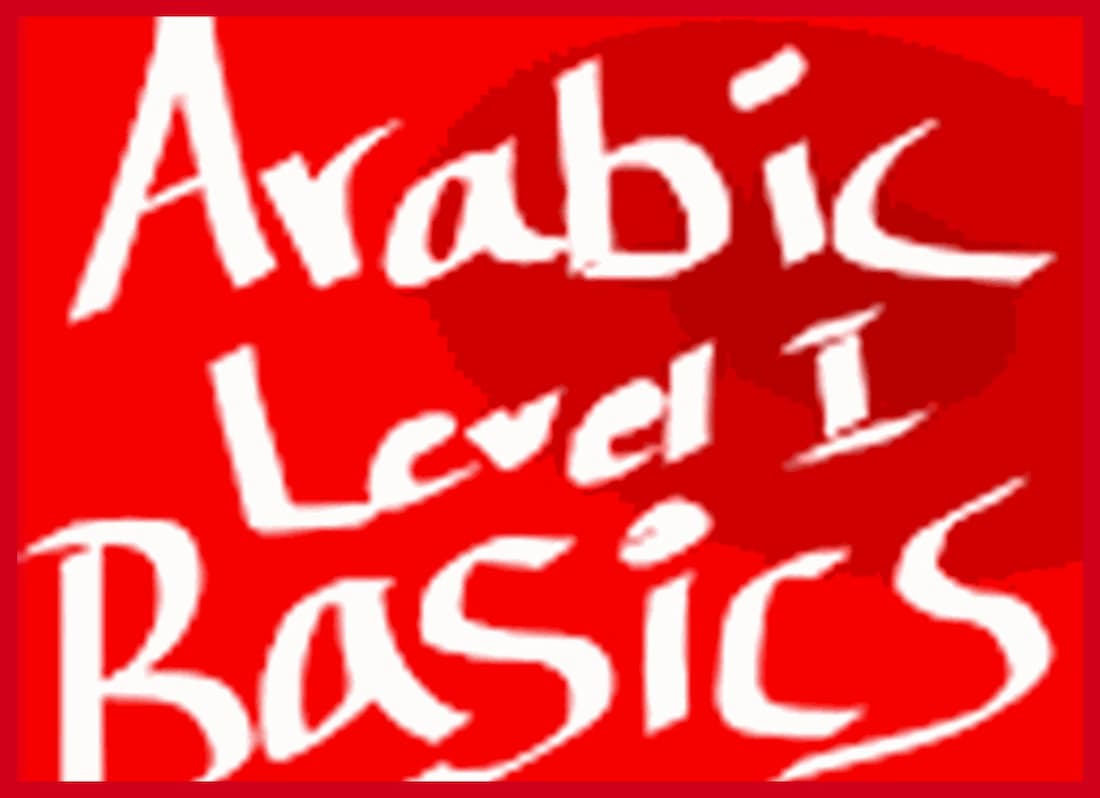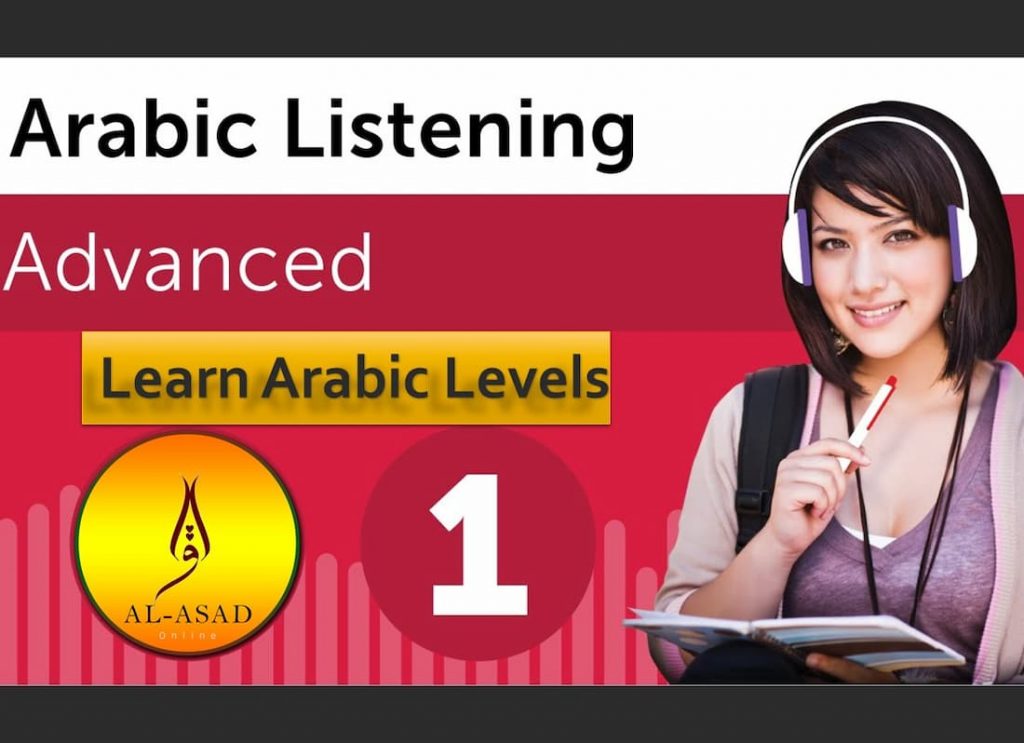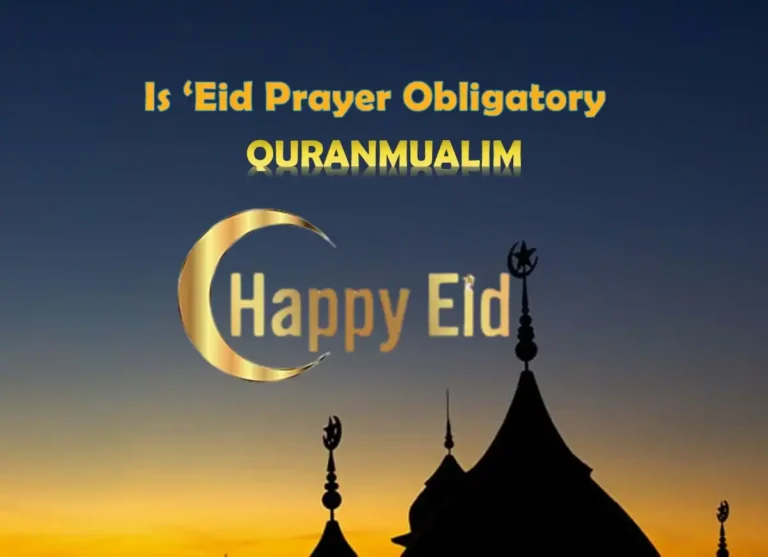Modren Standard Arabic – Learn Arabic Level One – 1 – Intermediate Level – Modern Standard Arabic (MSA) is the most widely used literary Arabic that is widely used in the Arab world. It is a modernized form of Classical Arabic, the language that all Arabic dialects originate. Contemporary Standard Arabic courses at Quranmualim.com are taught using an intensive method of teaching. Each Arabic course is at least 80 hours of contact.
Like and Share Modern Standard Arabic Level One (Intermediate level)
Top reasons to learn Modern Standard Arabic
As Arabic is becoming one of the languages that is growing fastest all over the world, students across the globe are asking the exact question What are the reasons to study Arabic? Here are a few of the most beneficial benefits to studying Modern Standard Arabic.
Modern Standard Arabic is an official language in 25 nations (22 of them are members of the Arab League), making it among the most widely spoken languages around the world. It is also the officially recognized language by the United Nations. More than 250 million people are native users, Arabic is also the language spoken by Islam and has 1.5 billion Muslims worldwide.
In reality, Modern Standard Arabic is close in comparison to Classical Arabic, the language of the Quran and the majority of Classical Arabic texts. This is why studying MSA provides students with a view (or an magnifying glass!) to an abundance of history and culture.
Since Modern Standard Arabic is the medium used by the majority of media broadcasts across the contemporary Arab world Students who are studying MSA are able to stay pace with current developments through their Arabic studies.
In the same way, students learning Modern Standard Arabic gain access to millions of books and other articles that are written using Modern Standard Arabic on a wide range of subjects across the globe.
Some people believe they believe that Modern Standard Arabic is a difficult language to master One of the advantages of choosing MSA is the variety of resources and tools which help students master the nuances that make up the Arabic language. Since MSA’s grammar is well-documented, students are able to use the resources they have throughout their studies.
In the end, Modern Standard Arabic is the universal language that binds all Arab nations. Through studying Arabic students are able to be able to comprehend and appreciate the Arab globe and their many culture.
Sound system
MSA has mostly kept it’s sound system of the Proto-Semitic Sound system.
Vowels
MSA is composed of three vowels. Vowels can be shorter or longer. Vowel length is a factor in meaning of words. Vowel length is identified with a tilde above the vowel. Two diphthongs are: /ay and /awand /aw/ .
Modern Standard Arabic Level One (Vowels )
| Front (Word) | Central (Word) | Back (Word) | |
|---|---|---|---|
| Close | i, ī | u, ū | |
| Open | a, ā |
MSA contains 28 consonants. The most distinctive features of MSA are the following:
- There isn’t a orp/.
- There is a conflict to voiceless as well as clear stop along with fricatives. Emphatic consonants are spoken with the dorsum, or root in the tongue. They are usually pronounced in the form of the pharyngealized consonants. The table above shows them. they are identified by a dot beneath the consonant.
- MSA as with all forms of Arabic is abundant in the uvular, pharyngeal and the glottal consonants that are made from the mouth’s back cavity.
- Every consonant can all consonants be geminated or doubly pronounced.
- Consonant clusters should not exceed two consonants . They also can’t occur at the start of words.
- Words can’t start with vowels. Vowels that begin with vowels must be preceded an glossal end.
MSA contains 28 consonants (Modern Standard Arabic )
| Bilabial | Labio-dental | Interdental | Dental Form | Emphatic Form | Palatal Form | Velar Form | Uvular | Pharyngeal | ||
|---|---|---|---|---|---|---|---|---|---|---|
| Stops | voiceless | t | q | |||||||
| Fricatives Word | voiceless | b | f | θ | ṣ | ʃ | ||||
| Affricates | dʒ | |||||||||
| Nasals | m | |||||||||
| Laterals | ||||||||||
| Trill | l | |||||||||
| Approximants | j |
- /ț, ḍ, ṣ, ẓ/ have no equivalents in English.
- * */”?/” = vowels between Uh-oh.
- /θ/ = th in thin
- /ð / = th in those
- /ʃ/ = sh in sheep
- /dʒ/ = j in job
- * * /q, kh R, hThey are not equivalents in English.
Stress
There are three fundamental rules to determine the proper placement of words stress:
- If a word is composed of CV (Consonant + Vowel) sillables, the first word bears the stress, e.g., the word kataba.
- If a word only has one long syllable longest syllable will receive the stress that is primary, e.g., the word katib.
- If a word is composed of several long vowel syllables the syllable that is closest to the ending of the word will bear the stress that is primary.
Add Your Heading Text Here
الالوان في اللغة العربية PDF , (مفردات من وسائل الإعلام) PDF, مفردات التربية والتعليم, ارقام عربية, الرجل النبيل محمد رسول , حروف اللغة العربية حجم كبير, الخيميائي, الآفاق في اللغة العربية كتاب الطالب, تعليم مفردات, مفردات الطب, Arabic Question Words , Basic Words PDF Download
















I really enjoy reading and also appreciate your work.